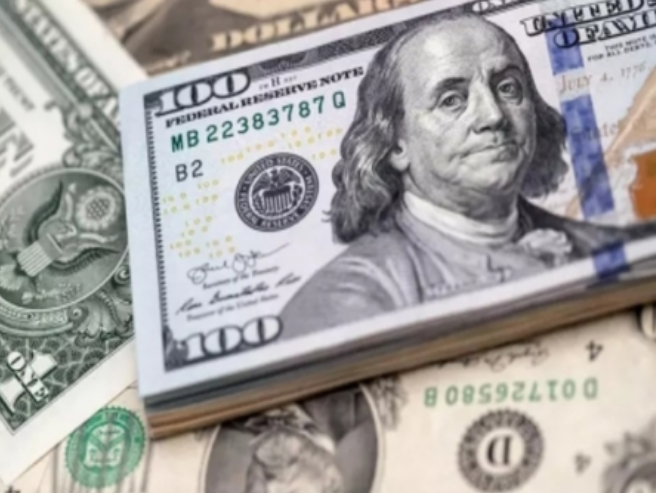New Delhi— India’s foreign exchange reserves rose sharply by $6.99 billion to reach $692.72 billion for the week ending May 23, according to data released Friday by the Reserve Bank of India (RBI). The surge marks a significant rebound after a dip the previous week.
The increase was driven largely by a $4.52 billion rise in foreign currency assets, which now stand at $586.17 billion. Gold reserves also saw a notable uptick, increasing by $2.37 billion to $83.58 billion.
In addition, Special Drawing Rights (SDRs) rose by $81 million to $18.57 billion, while India’s reserve position with the International Monetary Fund (IMF) increased by $30 million to $4.40 billion.
This rebound comes after reserves had dropped by $4.89 billion to $685.73 billion during the week ending May 16. Prior to that, they had risen by $4.5 billion for the week ending May 9.
An increase in forex reserves strengthens the country’s financial stability and gives the RBI greater flexibility to manage currency volatility. A robust reserve position allows the central bank to intervene in the currency markets—releasing dollars as needed to stabilize the rupee against the U.S. dollar.
Conversely, a shrinking reserve limits the RBI’s capacity to support the rupee during turbulent periods.
India’s external sector also showed strong performance in April. Total exports of goods and services grew by 12.7% year-over-year, reaching $73.8 billion compared to $65.48 billion in April 2023, according to Commerce Ministry data.
Merchandise exports alone rose 9.03% to $38.49 billion, driven by high-value electronics and engineering goods. Exports of electronic goods soared 39.5% to $3.69 billion, while engineering goods rose 11.3% to $9.51 billion. The gems and jewelry sector also posted healthy growth, with exports rising 10.7% to $2.5 billion.
The data points to continued resilience in India’s external trade and macroeconomic fundamentals, despite global headwinds including rising trade barriers and tariff uncertainties. (Source: IANS)








